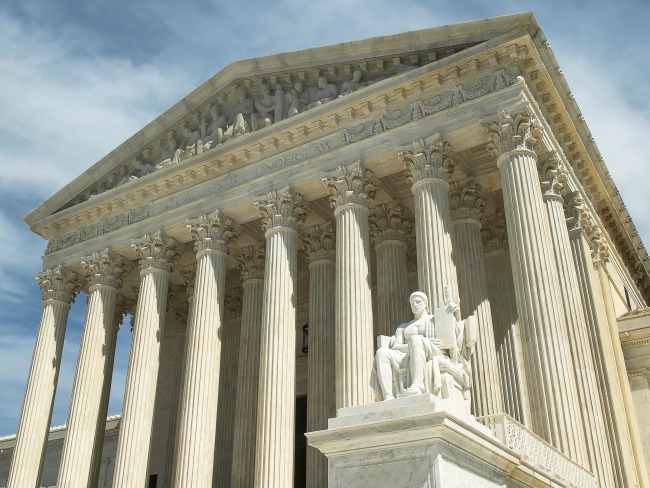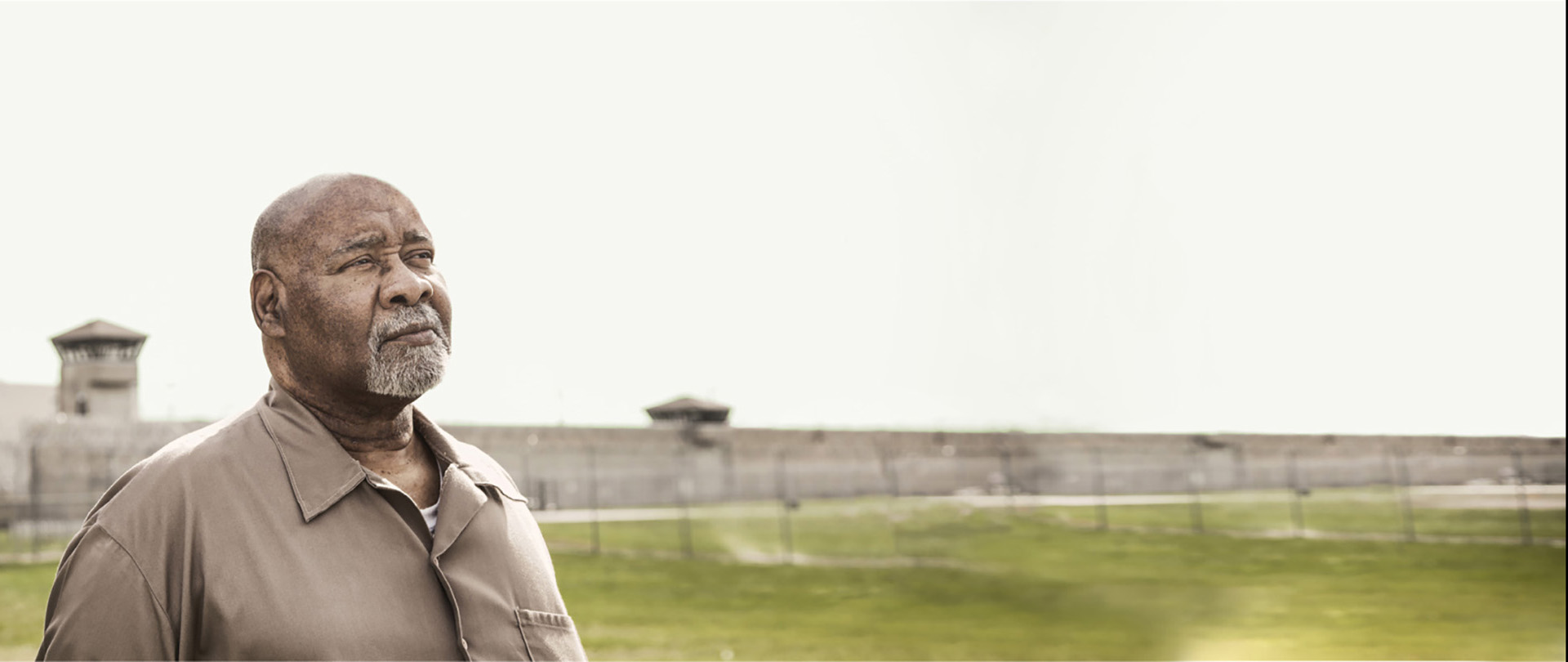The State of Sentencing 2013: Developments in Policy and Practice
This report highlights reforms in 31 states in both the adult and juvenile justice systems.
Related to: State Advocacy, Sentencing Reform, Incarceration, Racial Justice, Voting Rights, Youth Justice
The United States has the highest rate of incarceration in the world and keeps 7.2 million men and women under correctional supervision. More than 2.2 million are in prison or jail while nearly five million are monitored in the community on probation or parole.
The scale of the nation’s correctional population results from a mix of crime rates and legislative and administrative policies that vary by state. Today, there is general agreement that the high rate of incarceration resulted from deliberate policy choices that impose punitive sentences which have increased both the numbers of people entering the system and how long they remain under correctional control. These policies include an expansion of life without parole as a sentencing option and lengthy terms under community supervision.
Despite the nation’s four-decade era of mass incarceration, the Bureau of Justice Statistics reported that the prison population dropped in 2012 for the third consecutive year. About half of the 2012 decline – 15,035 prisoners – occurred in California, which decreased its prison population in response to a 2011 Supreme Court order to relieve prison overcrowding. But eight other states – Arkansas, Colorado, Florida, Maryland, New York, North Carolina, Texas, and Virginia – showed substantial decreases of more than 1,000 inmates, and more than half the states reported some drop in the number of prisoners.
Previous changes in policy and practice may have contributed to the modest decline. Lawmakers have cited the growth in state corrections spending at the expense of other priorities as a reason to change sentencing policies and practices. During 2013, legislators in at least 31 states adopted 47 criminal justice policies that may help to reduce the prison population, improve juvenile justice outcomes, and eliminate the barriers that marginalize persons with prior convictions. The policy reforms outlined in this report document changes in sentencing, probation and parole, collateral consequences and juvenile justice.
Highlights include:
- Six states – Colorado, Hawaii, New Hampshire, Oregon, South Dakota, and Vermont – expanded alternatives to incarceration for certain drug offenses.
- Three states – Kansas, Oregon, and South Dakota – authorized earned discharge from community supervision.
Maryland abolished the death penalty as a sentencing option. Today, 18 states and the District of Columbia no longer authorize the death penalty. - Oregon became the third state to authorize racial impact statements for any change to criminal laws or sentencing codes.
- Five states – California, Illinois, Maryland, Minnesota, and Rhode Island – adopted or expanded policies to address employment barriers for persons with a prior criminal history.
- Georgia and Nebraska enacted comprehensive juvenile justice measures that included provisions to expand alternatives to incarceration for certain youth.
- At least eight states – Arkansas, Delaware, Louisiana, Nebraska, South Dakota, Texas, Wyoming, and Utah – modified juvenile life without parole policies.
State sentencing reforms in 2013 continue trends that The Sentencing Project has documented for several legislative cycles. But despite the changes, there continues to be a great need to address the nation’s high rate of incarceration. The challenge now is to build on these gains to downscale state prison systems. Most states continue to authorize life without parole as a sentencing option, implement a range of mandatory sentencing laws, and enact practices that extend the length of time persons spend in prison. Stakeholders interested in reducing their state’s reliance on incarceration must continue to push for dialogue and reforms that use balanced approaches to reduce crime and improve public safety.



